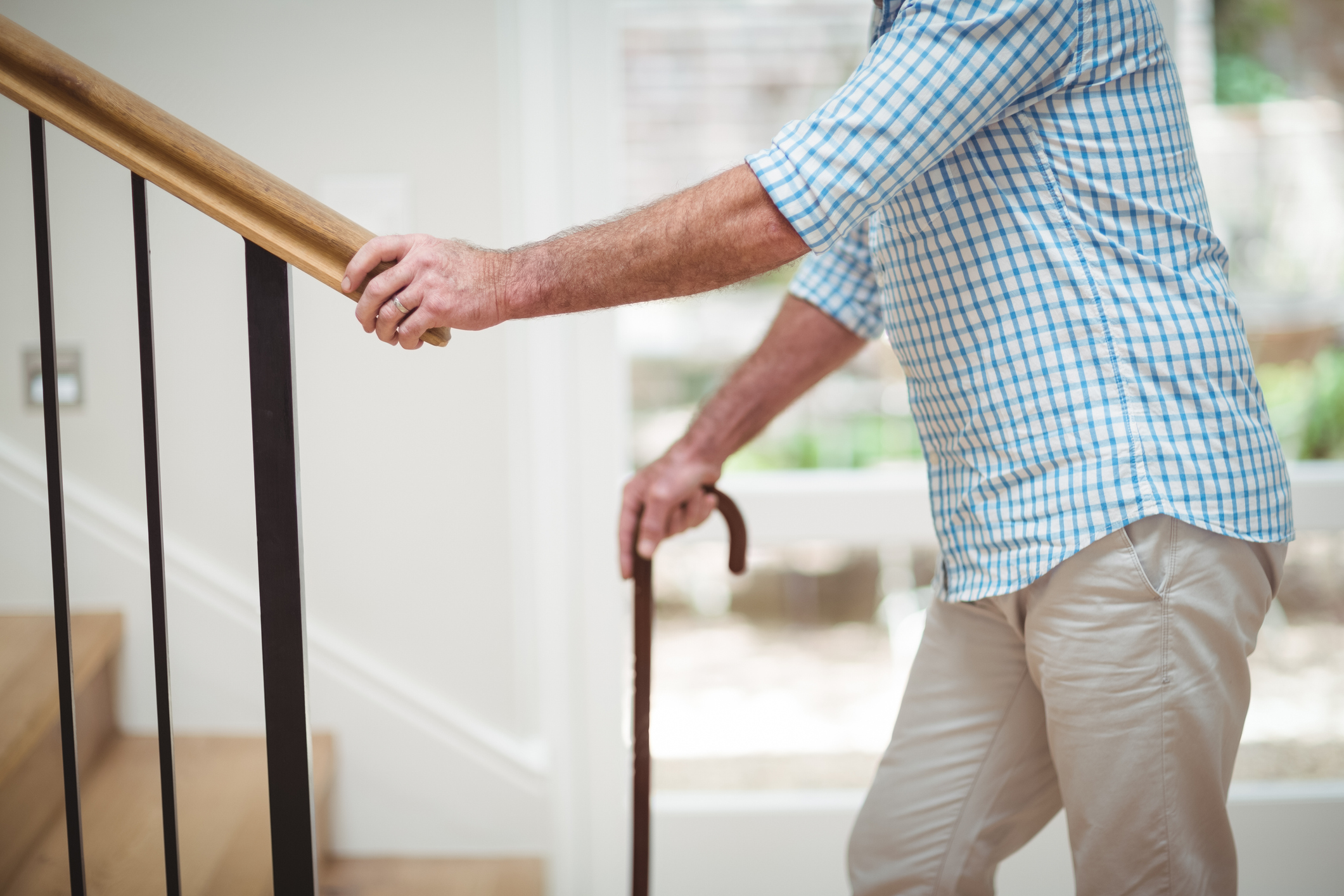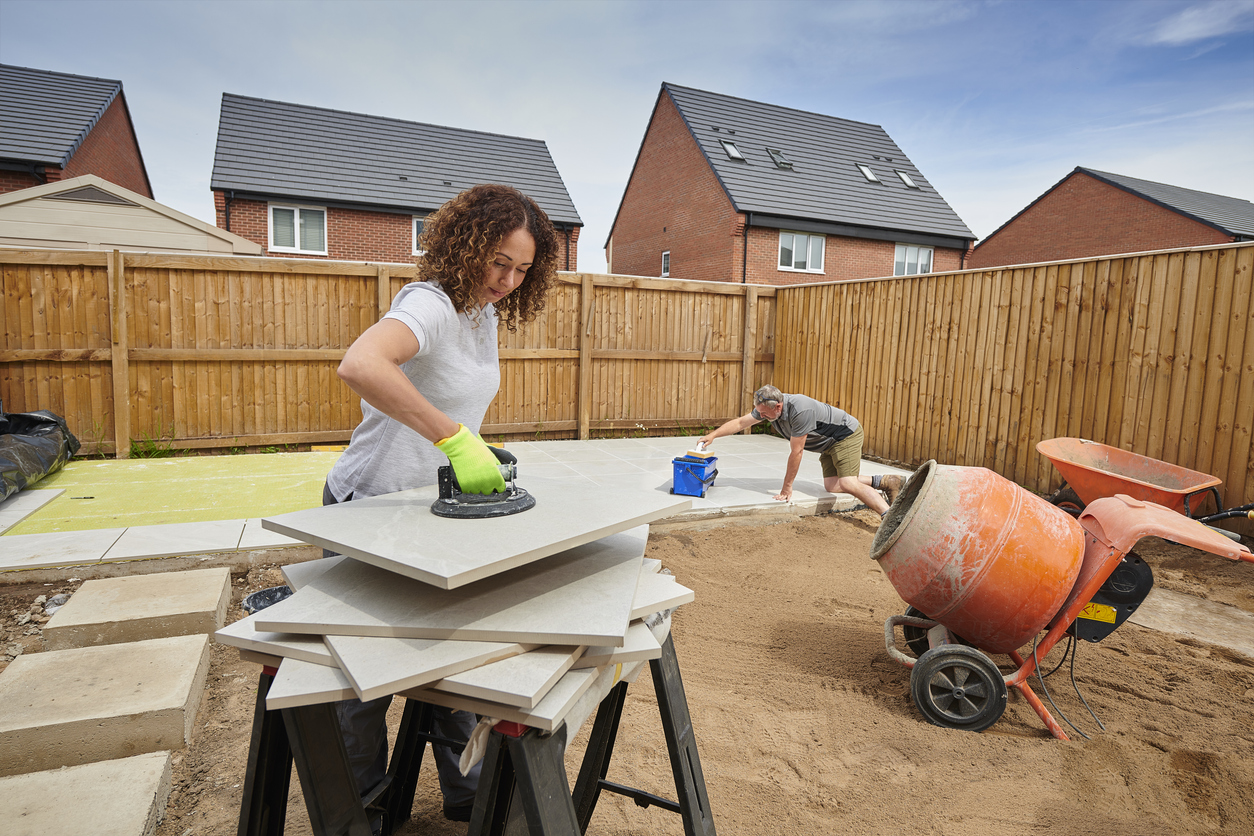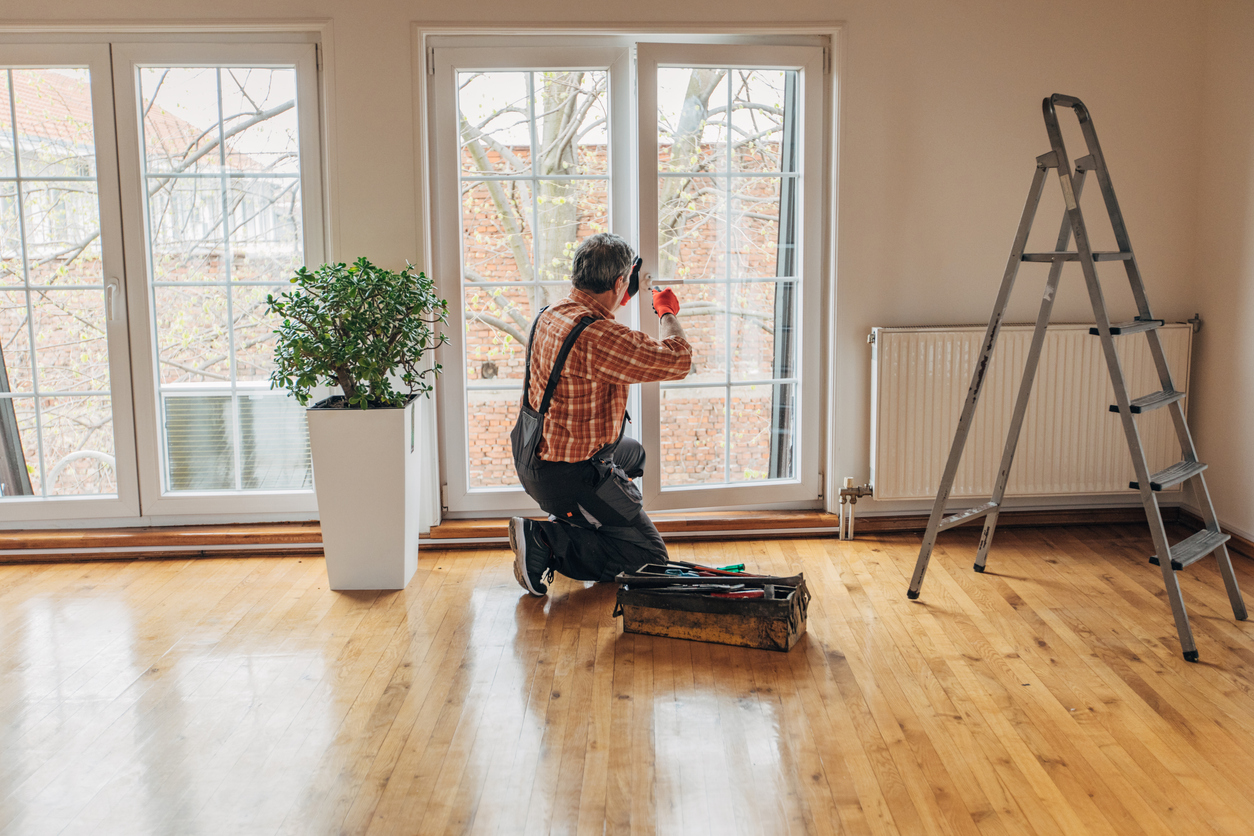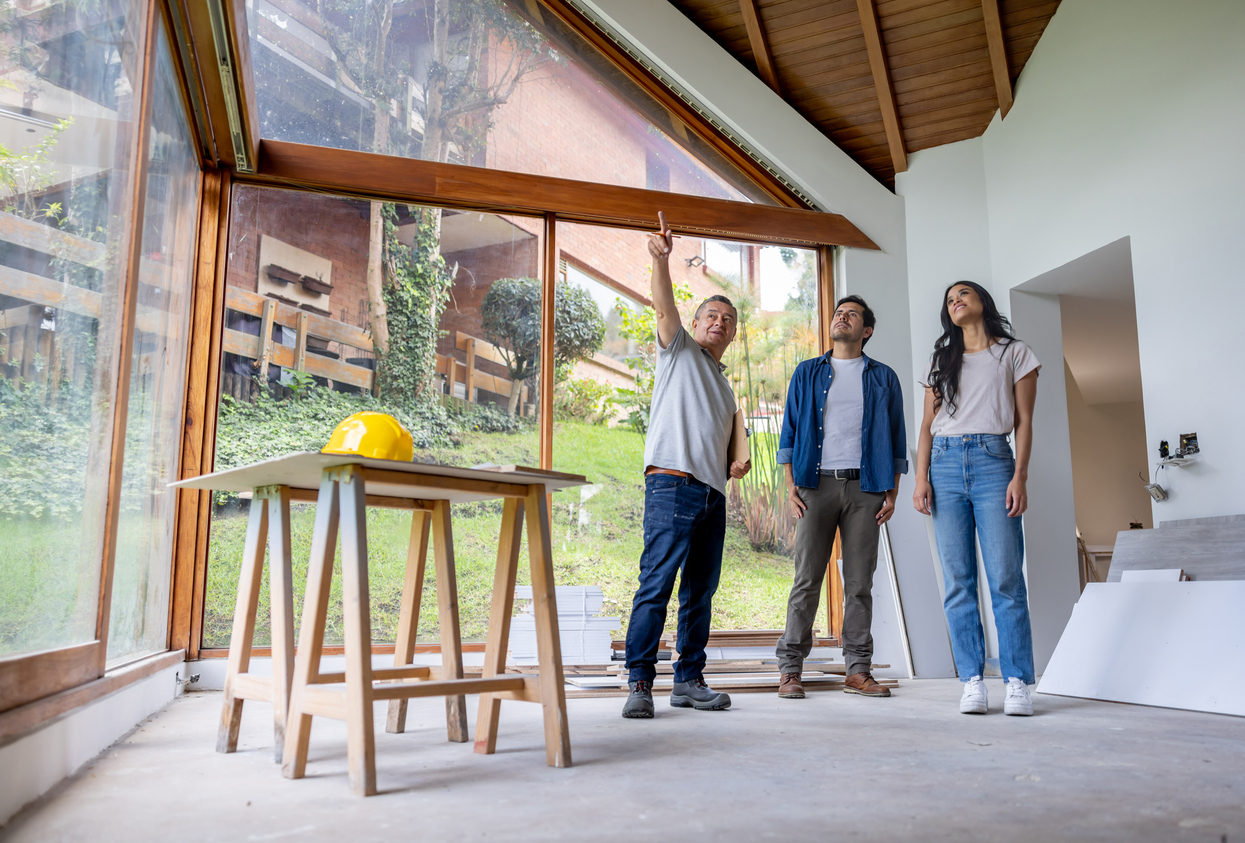
Pandemic or not, staying home is the new “in” thing – at least for seniors. According to an AARP Home and Community Preferences survey, about 75% of people over age 50 want to stay in their homes or communities for as long as possible.
Aging in place requires having a home that can accommodate potential mobility issues and other challenges. Making some changes – major or minor – can make getting around safely and comfortably a reality for many people. While the needs of every person, situation and house vary, here are several ways to modify your home or a family member’s, to ensure the residence remains safe and accessible.
Address tripping hazards
One of the first projects to tackle is to eliminate tripping hazards throughout the home. Get rid of clutter, move cords and wires away from any walking areas, and eliminate poorly lit areas, including on stairs.
Install handrails
Stairs and showers present some of the greatest risks for falling. Handrails throughout a home can greatly reduce that risk, while enhancing mobility. They are essential to install along any stairs, including those that go into a garage. You can even install rails on both sides of stairs. Make sure they have closed, rounded ends so someone doesn’t snag a sleeve or purse strap.
Modify or renovate the bathroom
Installing grab bars – in the shower, by the toilet, next to a sink – can go a long way in avoiding falls. Consider adding a seat in the shower, too. If the bathroom has just a tub, consider removing it and putting in a walk-in shower. Swap out the existing toilet for a comfort-height one to make sitting and standing easier.
For a two-story house, a more extensive renovation could include installing a primary bedroom and bathroom on the main level. While this is an expensive undertaking, it’s possible to look at ways to make a first-floor conversion (from a living or dining room) temporary, using movable partitions for walls. An additional bathroom is almost always a plus for resale value. If you do add a bathroom, make sure it has a no-curb walk-in shower.
Move the laundry
If the washer and dryer are currently located far from the bedrooms, figure out if you can move them. A good contractor with knowledge of design, electrical and plumbing can offer smart layout ideas.
Make cabinets and countertops more accessible
Consider installing pull-out drawers in kitchen and bathroom cabinets to make stored items more accessible. Make sure any draw pulls have closed, rounded ends. Adjust how you organize your cabinets, closets and pantries so that everything you really need is easily accessible. See if you can completely avoid using the top shelves anywhere in the house so that you have nothing requiring a ladder or step stool to reach.
If you are working to make your entire home wheelchair-accessible, you could explore replacing standard-height cabinets and countertops with ones that are just 30 inches tall.
Deal with doors
To ease the load on arthritic hands, replace doorknobs that require a twisting motion with lever-style openers. Many people look into widening doorways to accommodate a wheelchair, although it’s not a given that every aging person will be wheelchair-bound. If you do look into this, consider doing so for any doorways narrower than 32 inches. Make sure you consult with a contractor who can assess structural components before starting any work.
Add a ramp or chair lift
If you are looking to make your home completely wheelchair-friendly, a ramp outside the front and/or back door, or from the garage into the house, will be important. If you have stairs in your home that must be negotiated, a chair lift, or even an elevator (space permitting) can make the home fully accessible.
Have a smoke alarm plan
Since ladders are prime causes of falls, do what you need to in order to avoid using them. While not technically a “home improvement,” working to have someone on call when smoke alarm batteries run out or when you need to change a lightbulb that’s out of reach is one of the best things you can do to successfully age in place.
Leverage technology
An induction hot-water kettle that shuts off automatically is a great safety addition. Motion sensors that turn on lights automatically can be helpful. If buying new appliances, purchase smart ones with auto shut-off features. And invest in a cell phone with a “find friends” feature so that a relative or close friend can know where you are.
Paying for aging-in-place improvements
While several of these suggestions are relatively inexpensive, some, like renovating a bathroom or kitchen, will cost a significant amount. Compared, though, to the alternatives, the improvements may be a bargain. The average cost of an assisted living facility is over $57,000 a year. The cost of a skilled-nursing facility is even more. Residential retirement communities can easily cost $5,000 and up a month.
If you are looking at making improvements to your home, for you or an aging spouse or relative, a home equity agreement (HEA) can be an excellent financial solution. With an Unlock HEA, a homeowner who has substantial equity in their home can receive cash up front in exchange for a portion of the home’s future value. Homeowners can buy back their equity at any time during the agreement’s term (10 years), often when the home is sold.
Take the first steps
Getting started is often the hardest part. Do your research, and talk with contractors, and potentially home designers. See if there are any projects you can do yourself, and look at your financing options. Starting early could be the key to keeping the smile in those golden years at home.
The blog articles published by Unlock Technologies are available for general informational purposes only. They are not legal or financial advice, and should not be used as a substitute for legal or financial advice from a licensed attorney, tax, or financial professional. Unlock does not endorse and is not responsible for any content, links, privacy policy, or security policy of any linked third-party websites.”


